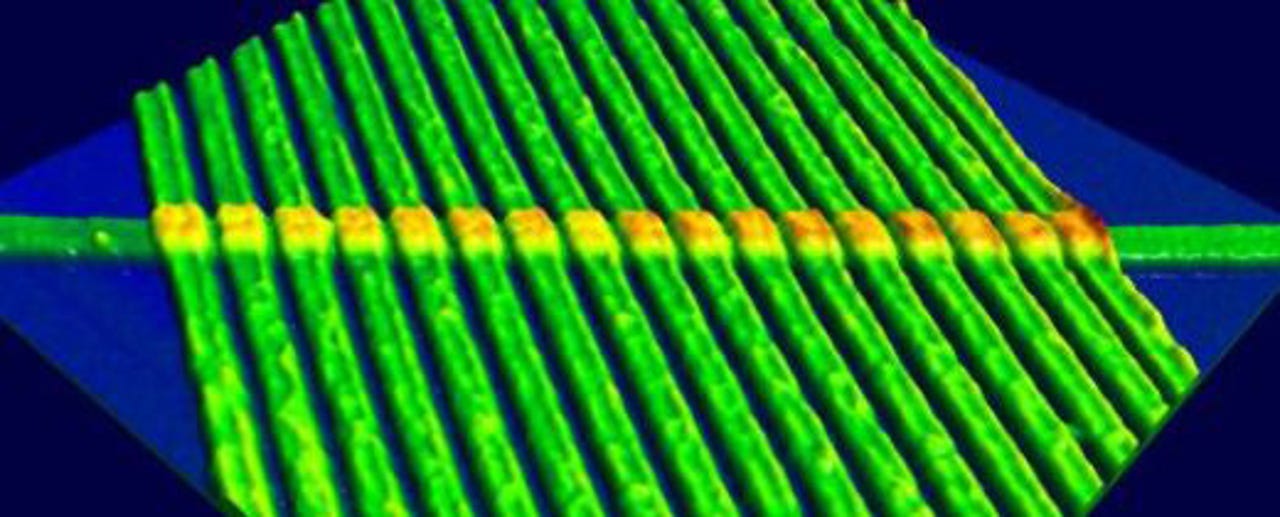Memristors (memory + resistors) have been hyped as leading the future of computers but the problem has been that no one really knew how they worked - until now.
HP, which discovered memristors in 2006, teamed with scientists from the University of California at Santa Barbara to study them and discovered how current flow caused heating that changed the molecular structure of the device. They also discovered that memristors function like the neurons that pass information around the human brain. See HP figures out how memristors work, predicts robot use by ZDNet UK's David Meyer.
Also see:
The amazing memristor - beyond Moore's Law and beyond digital computing
Researchers develop new brain-like molecular processor

